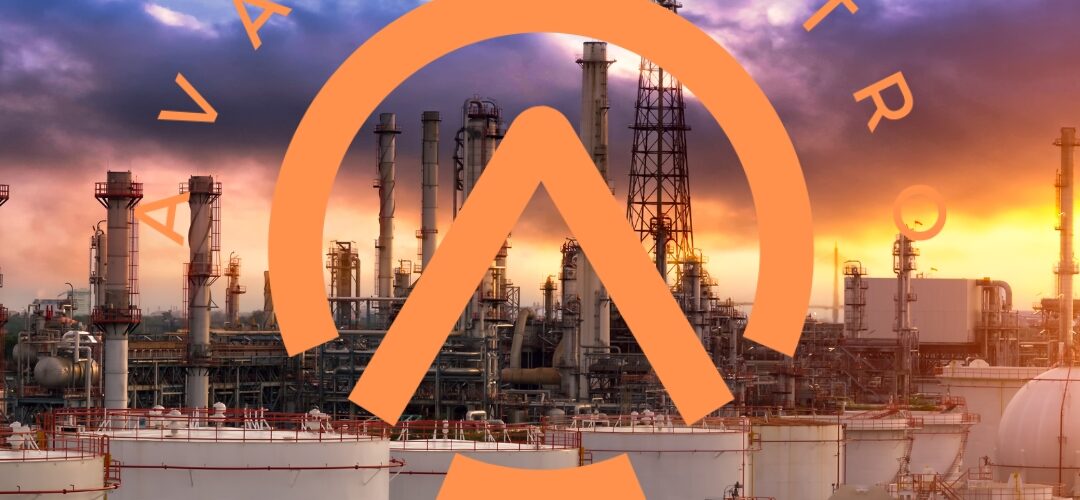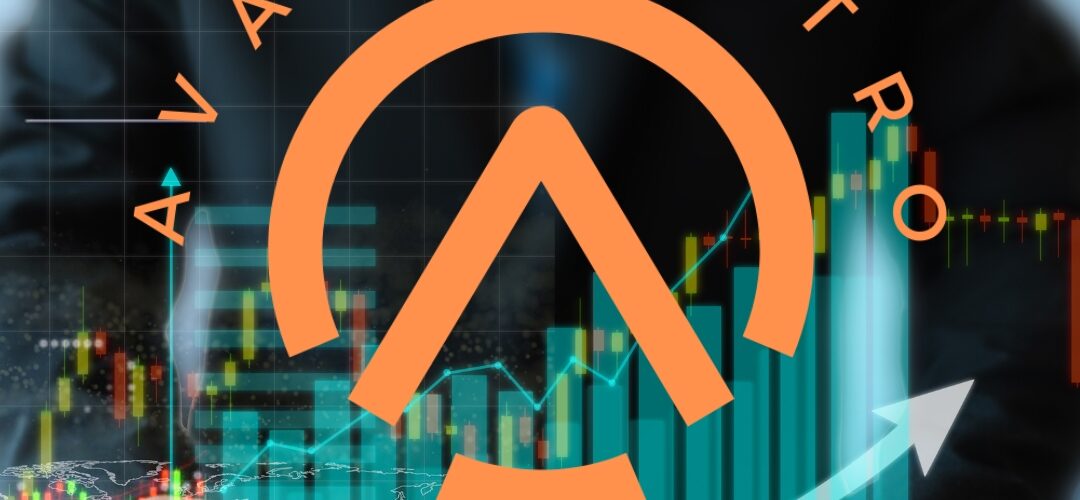The Effect of Petrochemical Industry on GDP
Introduction
The petrochemical industry plays a pivotal role in our modern economy, significantly affecting the Gross Domestic Product (GDP). In this comprehensive article, we will explore the multifaceted relationship between the petrochemical industry and GDP, shedding light on how it shapes economic dynamics. This article delves into the key aspects and nuances that define this relationship, providing valuable insights based on both expert knowledge and credible sources.
The Powerhouse of Petrochemicals
The Effect of Petrochemical Industry on GDP
The petrochemical industry, often referred to as the backbone of industrialization, wields immense influence over the economic performance of a nation.
Impact on Manufacturing
The petrochemical industry fuels manufacturing activities across various sectors, resulting in increased production, employment, and, consequently, a substantial contribution to GDP.
Energy Production
A significant portion of petrochemicals is dedicated to energy production, enhancing a nation’s self-sufficiency and indirectly bolstering GDP.
Fueling Economic Growth
The Petrochemical Industry’s Role in GDP Growth
The petrochemical industry’s role in driving economic growth is undeniable, and several factors contribute to this phenomenon.
Export and International Trade
Petrochemical products, when exported, contribute to foreign exchange earnings, boosting a nation’s GDP.
Infrastructural Development
Investments from the petrochemical industry often fund infrastructure projects, stimulating economic development and furthering GDP growth.
Employment Opportunities
The industry generates an array of employment opportunities, which in turn increases disposable income and consumer spending – both significant factors in GDP calculations.
Petrochemical Industry and Environmental Concerns
Balancing Act: Petrochemical Industry and Environmental Responsibility
While the petrochemical industry positively influences GDP, it is essential to address the environmental concerns associated with it.
Sustainability Initiatives
Many companies in the petrochemical sector are adopting sustainability practices, which not only protect the environment but also enhance their reputation and market value.
Regulations and Compliance
Stricter environmental regulations have led to innovations in cleaner technologies, ensuring sustainable growth without compromising GDP.
FAQs
What is the petrochemical industry’s role in GDP?
The petrochemical industry significantly contributes to GDP through manufacturing, energy production, and employment generation.
Does the petrochemical industry impact international trade?
Yes, petrochemical products are often exported, contributing to a nation’s GDP through foreign exchange earnings.
How does the industry address environmental concerns?
Petrochemical companies are increasingly adopting sustainability practices and cleaner technologies to balance economic growth with environmental responsibility.
What are the challenges faced by the petrochemical industry?
Challenges include price volatility in raw materials, geopolitical factors, and environmental regulations.
Are there regional variations in the petrochemical industry’s impact on GDP?
Yes, the impact varies from country to country, depending on factors like resource availability, infrastructure, and market demand.
How can the petrochemical industry further enhance its role in GDP growth?
Continued investment in sustainability and technological advancements can further boost the industry’s contribution to GDP.
Conclusion
The petrochemical industry is a dynamic force that significantly shapes a nation’s GDP. Its impact is multifaceted, driving economic growth, generating employment, and contributing to international trade. As the industry navigates environmental concerns, it is crucial to strike a balance between economic development and sustainability. The petrochemical industry’s role in GDP growth is expected to continue evolving, making it a crucial element of our economic landscape.
Written by Emir Narin










